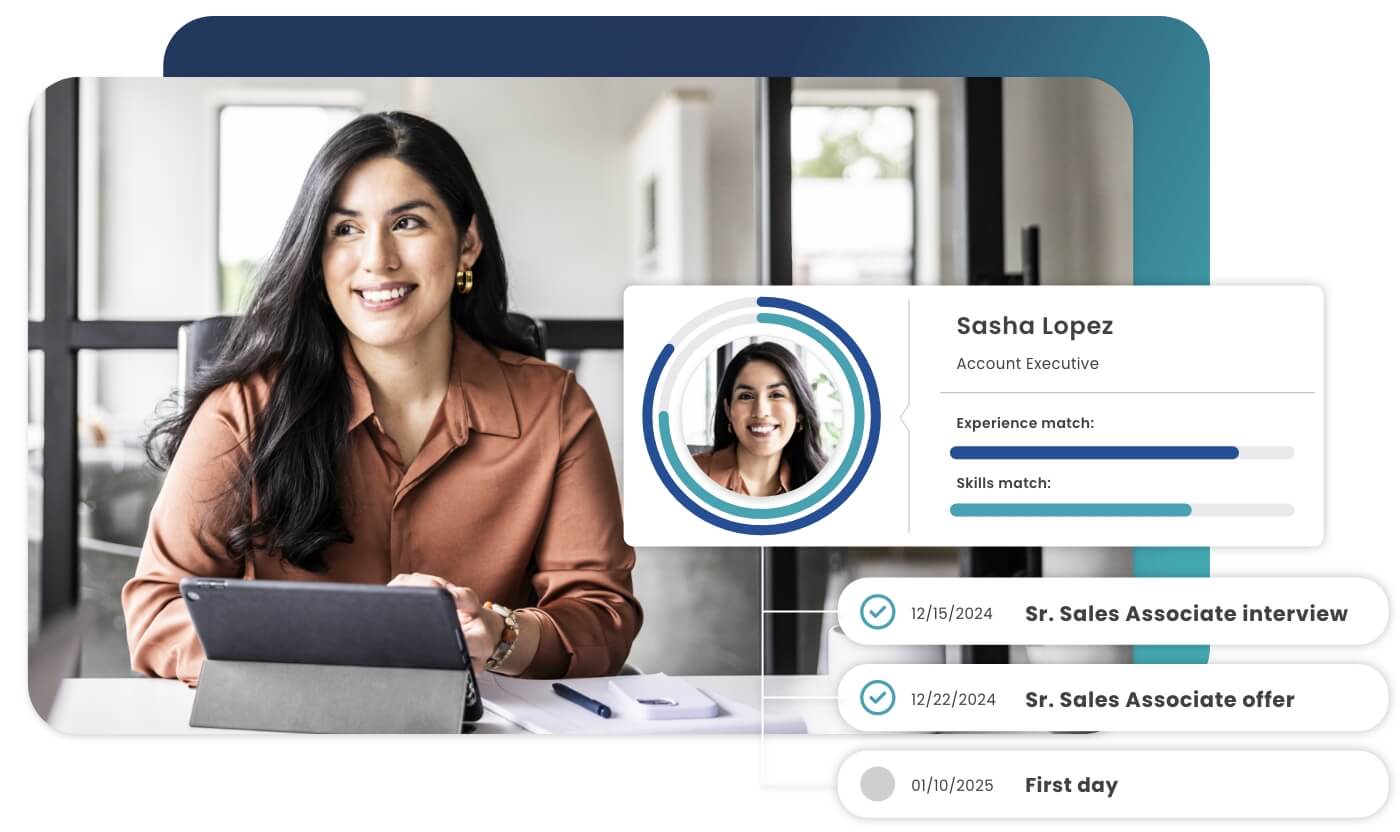

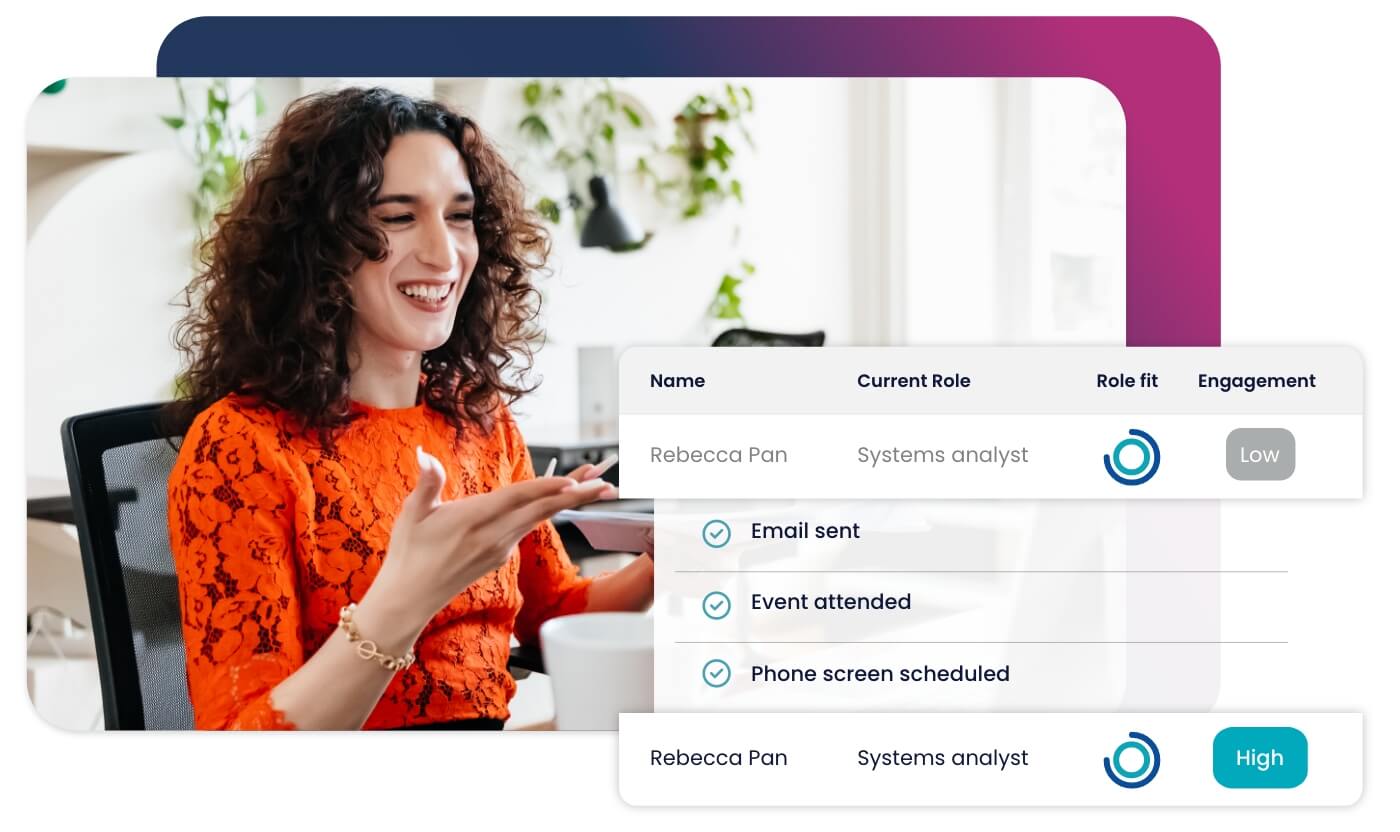
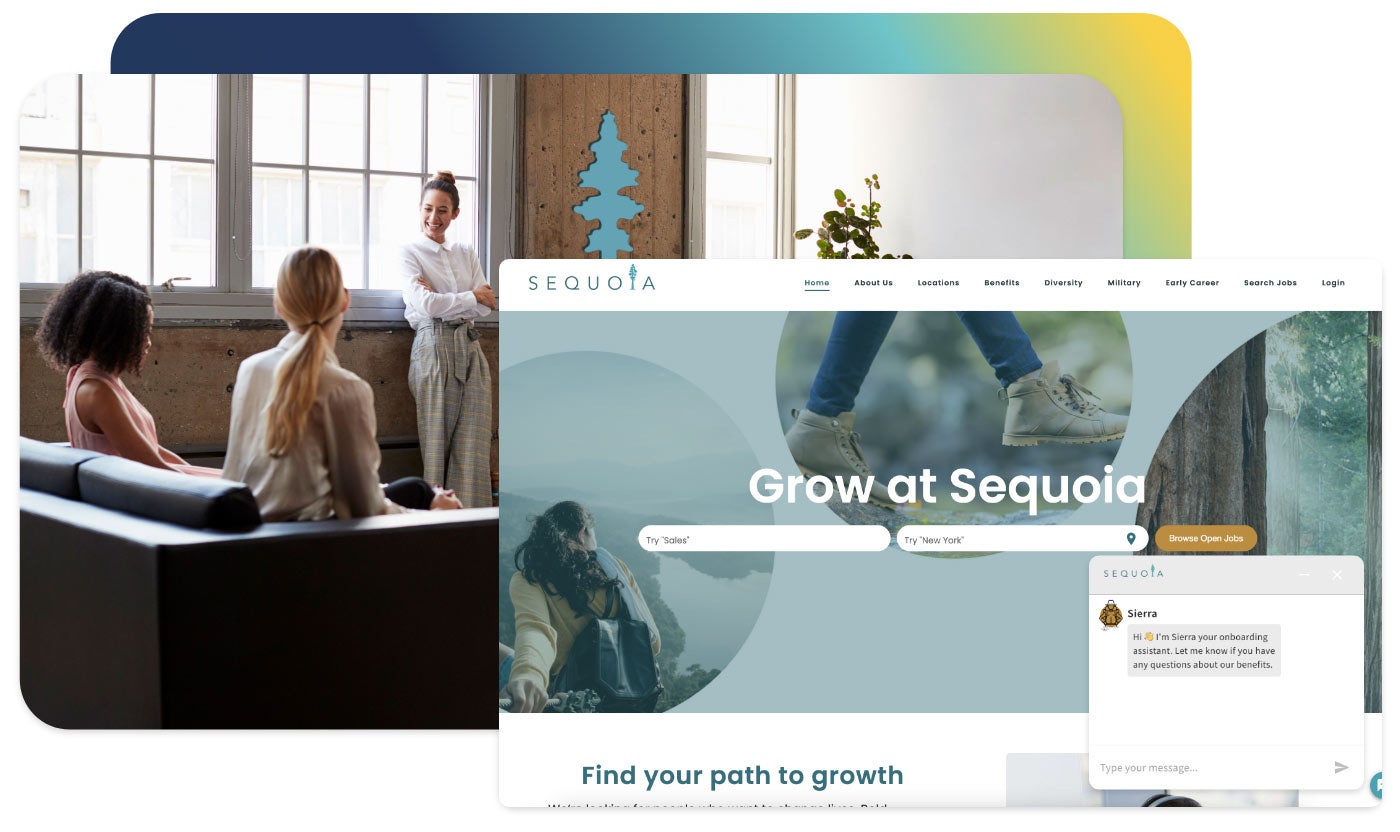


Accelerate hiring key talent to deliver care and exceed patient satisfaction.

Attract skilled candidates, speed up hiring and grow expertise in your workforce.

Simplify recruiting finance and banking talent with a platform for hard-to-fill roles.


Build a talent pipeline that engages and drives your business forward.


See how diverse and global enterprises use iCIMS to employ millions, drive innovation and connect communities worldwide.

Learn how a beloved restaurant hires 40,000+ annually with a great candidate experience.
Uncover unique market insights, explore best practices and gain access to talent experts across our library of content.


View press releases, media coverage, the latest hiring data and see what analysts are saying about iCIMS.

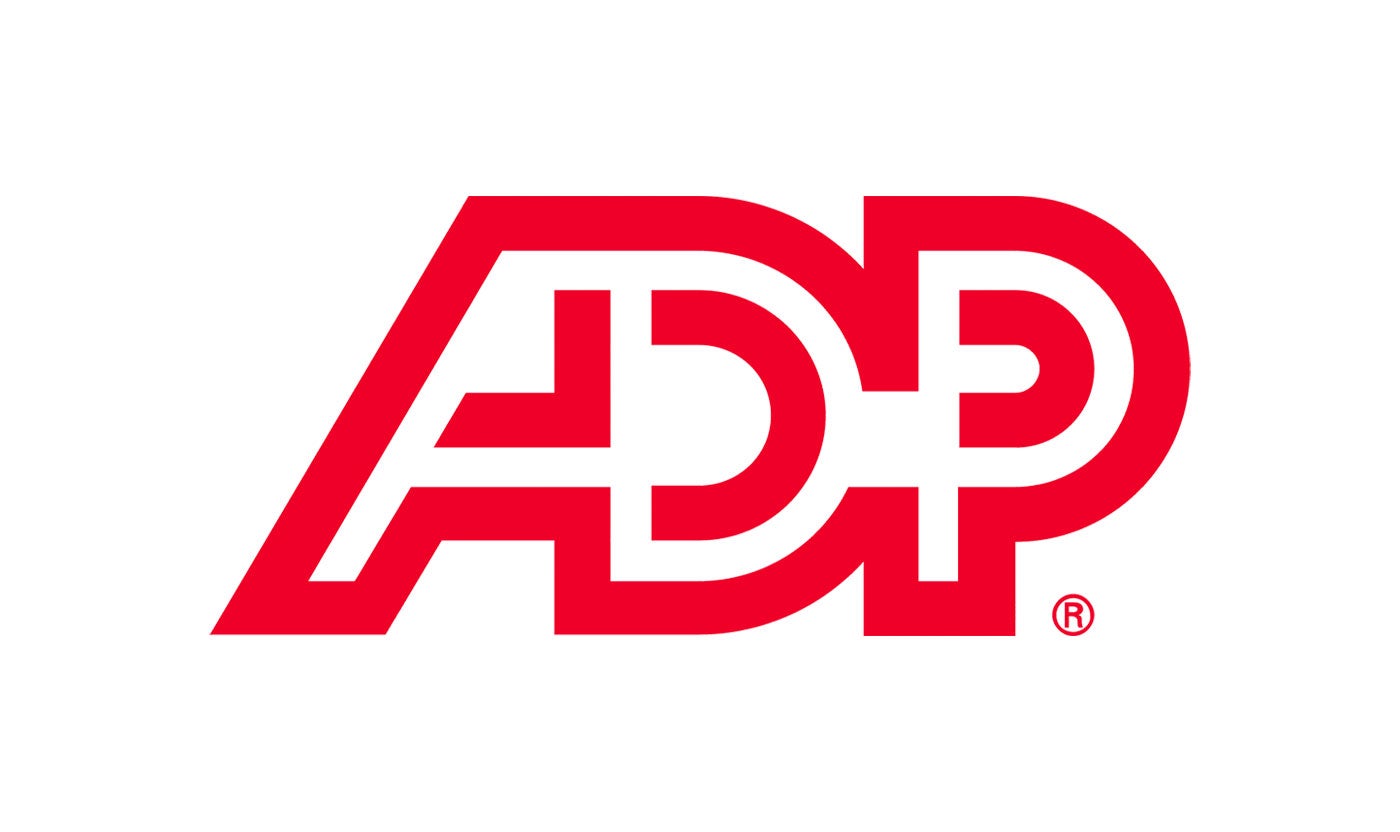
Streamline your tech stack and take advantage of a better user experience and stronger data governance with ADP and iCIMS.
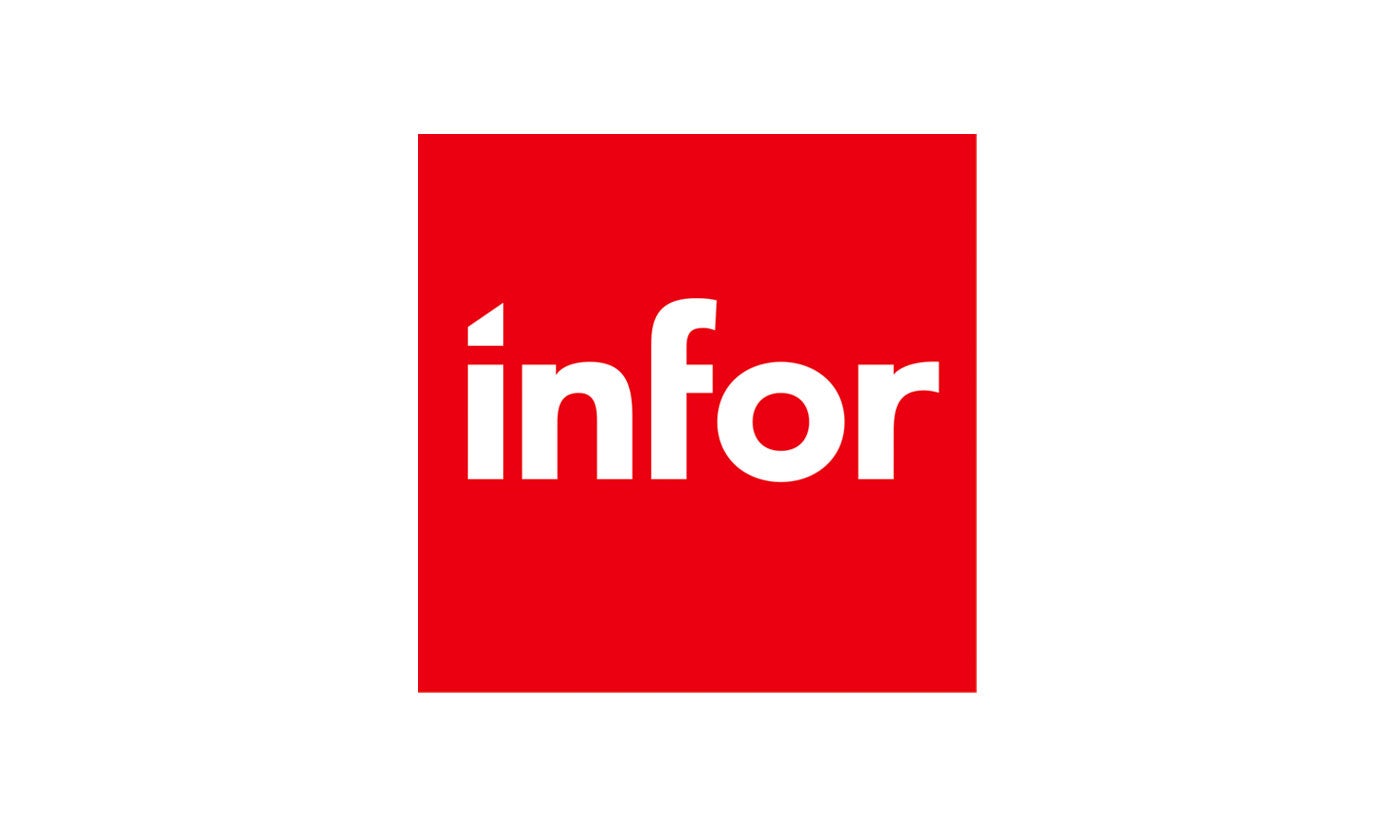
The combined power of iCIMS and Infor helps organizations strategically align their business and talent objectives.
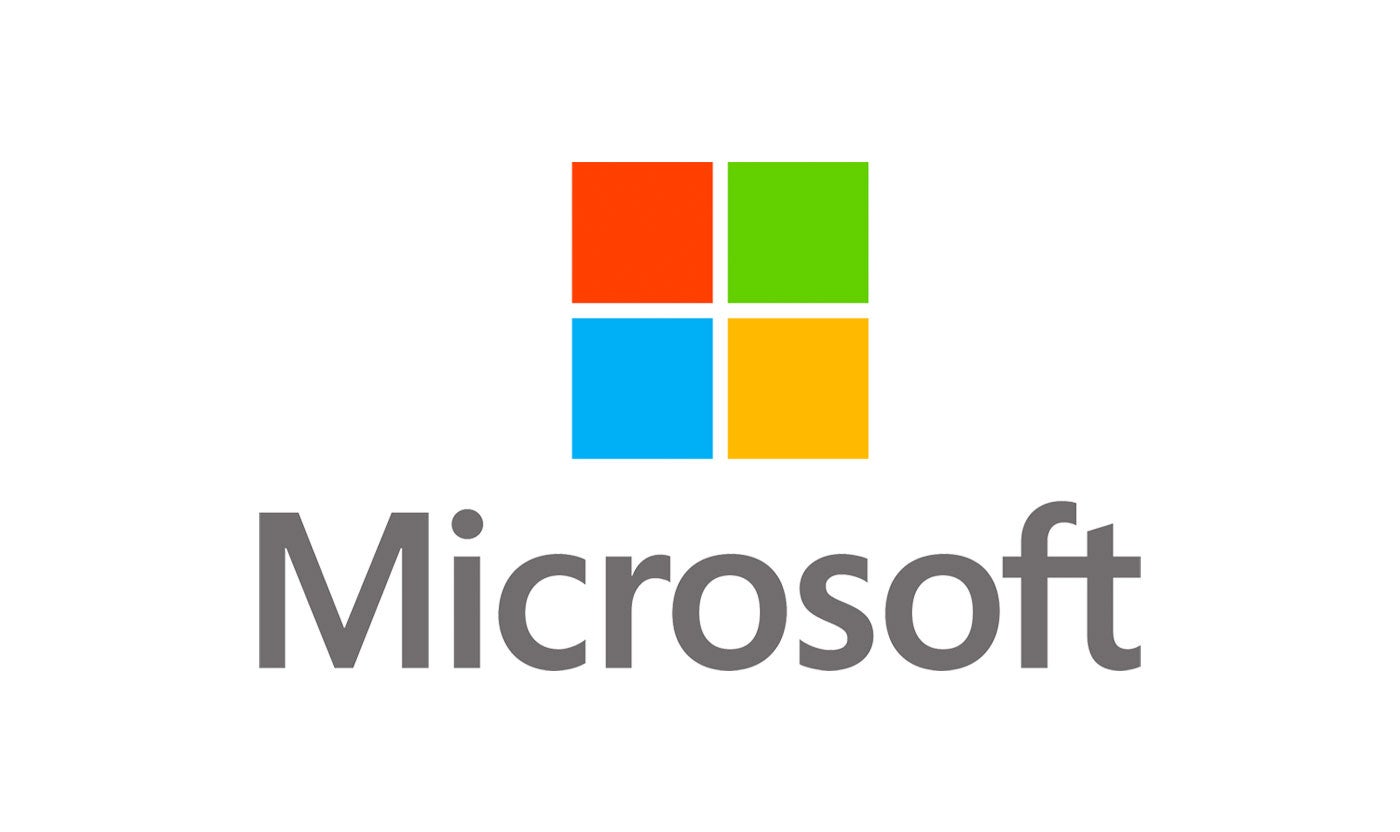
Our award-winning partnership with Microsoft is grounded in a shared desire to transform the workplace and the hiring team experience.
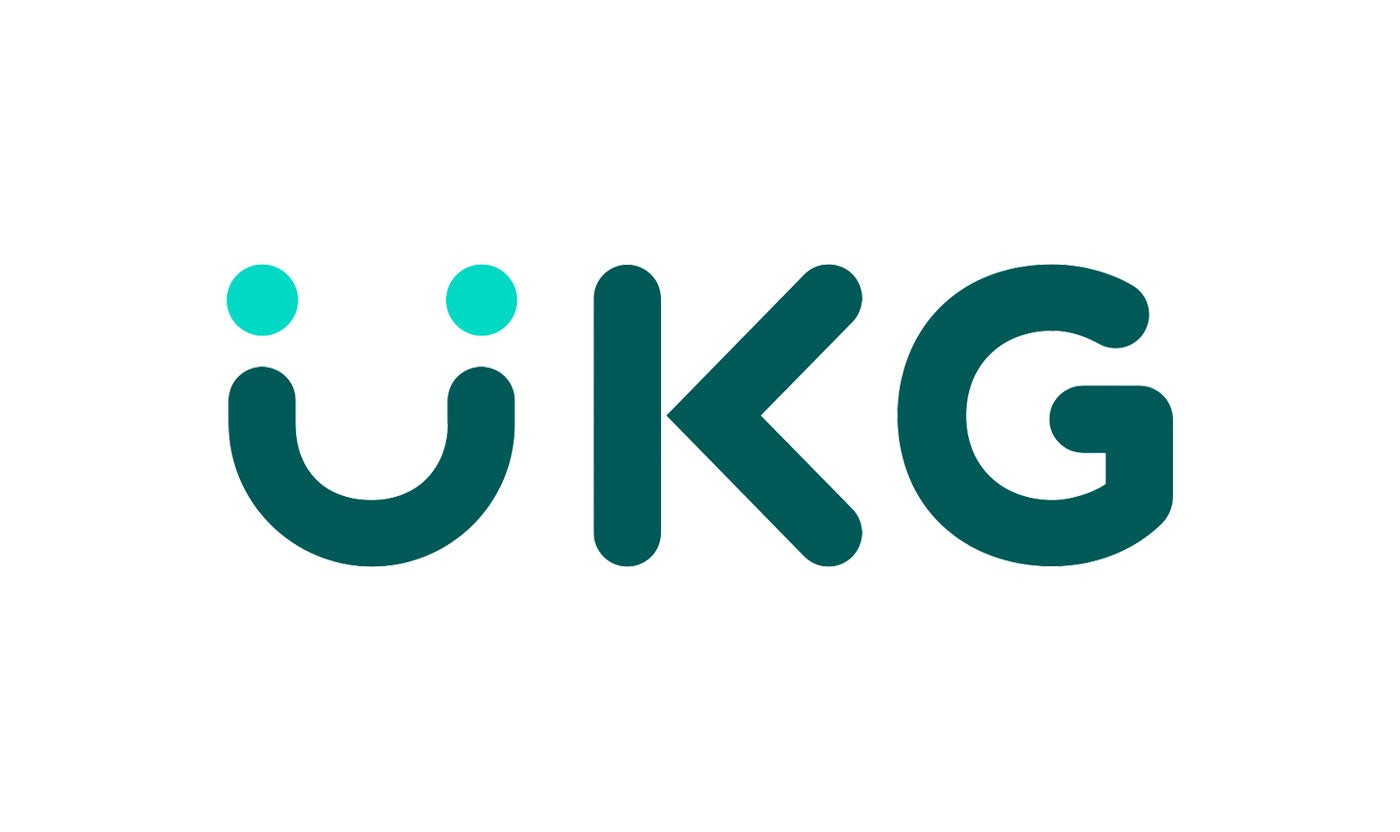
Our partnership with Ultimate Kronos Group (UKG) supports the entire talent lifecycle by bringing frictionless recruiting solutions to UKG Pro Onboarding.

Imagine this: A talented, mid-career software engineer is looking for her next job opportunity. She’s got a thing for fashion — shoes especially — and one day she wonders what it would be like to work for the brand that makes her favorite pair of sneakers.
She grabs her phone, pulls up the brand’s website, fights the impulse to buy the glossy black boots featured on the home page and finds the little button that says “careers” at the bottom of the site. She’s excited — maybe she could get a discount as an employee.
Her enthusiasm fades as she scrolls. The career site doesn’t captivate her like the main site. She sees a few job posts, but when she clicks on one, it leads her to a long application that makes her browser crash almost instantly. She rolls her eyes and decides she’ll wait on those glossy black boots.
This scenario is fiction, but research shows it’s not so far from fact. A bad candidate experience can impact your organization’s bottom line: According to iCIMS’ 2023 Talent Experience Report, 56% of people would be less likely to be a consumer of a brand if they had a subpar candidate experience. What’s more, job seekers may also tell their friends and family about a disappointing candidate interaction. Suddenly, a bad first impression is a bad reputation.
Employers should not underestimate the power of a good career site. When a career site offers a user experience that feels as seamless, powerful and intuitive as many of our online shopping experiences today, it positions an employer to find good talent fast.
In this article, we’ll explain how you can improve your career site’s user experience. When you implement our tips — which range from tapping AI tools to designing a quick application process — you’ll see how a smooth career site can not only improve your employer brand but strengthen your bottom line.
Artificial intelligence has enjoyed major popularity in the past year. With the public release of generative AI tools like ChatGPT, people have begun to experiment with these platforms, and their uses have been both creative and practical. Early adopters, for example, have used generative AI to plan gardens and write recipes.
Users have branched out from these zany experiments, of course. Job seekers are tapping generative AI to write their resumes and craft their cover letters. But candidates aren’t the only ones who can use automation to get ahead. In fact, recruiters should be experimenting with generative AI and implementing more established forms of automation to enhance their recruiting success and lighten their workload.
Automation is particularly useful when it comes to career sites. Here are three AI-powered tools employers can leverage to build their employer brand, win exceptional candidates and boost their efficiency:
This tool most often takes the form of a search bar on your career site. Candidates can type in a few parameters and AI technology suggests relevant roles. A graphic designer may guide the search by plugging in terms like “design,” “marketing” and “associate.”
The search will yield results with those specific terms, of course. AI makes the search more sophisticated, connecting the candidate with roles that require similar skills. The tool makes sure that a candidate’s job search isn’t limited to the terms they choose. Instead, it’s informed by those terms and amplified by AI’s connections.
Digital assistants or chatbots use AI-powered search technology to engage job seekers in nearly endless ways. They can adapt to any hiring challenge and scale to meet changing business needs. And they’re easy to implement: No need to call IT, tap an outside consultant or flag down your coworker with an advanced degree in STEM.
Chatbots do many things to make your career site engaging and actionable for candidates:
The thought of setting up a chatbot may be intimidating, but it’s not as difficult as it may seem. Chatbots run on customizable scripts, which minimize setup time and ensure that conversation branches remain untangled. Think of training your chatbot the same way you’d train a new recruiter: Every recruiter has their own personality, but they work within the scope of your organization’s brand and hiring practices. To learn more about how digital assistants can enhance your career site, download the definitive guide to creating a chatbot.
Now look behind the scenes of your career site. AI-powered job matching is a recruiter-facing tool built into an applicant tracking system (ATS). When a recruiter needs to fill a specific role, they can use AI-powered job matching to pull a shortlist of candidates. This list will feature folks who may not have surfaced through a manual search, but appear here because of the superior connections an AI tool can make.
These three AI tools show how recruiters and employers can implement established AI technology, even as newer forms continue to take shape. Offerings like iCIMS ATS Talent Cloud AI help employers match candidates to jobs based on their skills. Such tools streamline the recruiting process and provide better-matched hires who are skilled, engaged and more likely to stay longer.
When job seekers approach a career site, they meet it with the expectations of a consumer. Remember, they are used to a world in which their online journeys are met with speed, ease and personalization. Think about the way you order food: When you want a burrito, you order it from your phone — sometimes with just a few clicks — and your dinner is on your doorstep in less time than it takes to cool.
You should have a similar experience when you apply for a job through a career site. Keep job applications short and simple to increase conversion rates. Applications can still ask key questions that begin to determine whether a candidate has the right skills for the job. An application that’s easy to fill out will net more candidates, which gives recruiters a better chance of finding the right person for the job.
A short application will go a long way toward making sure a career site captures skilled candidates. But a powerful ATS will make it all the easier for recruiters to continue delivering a seamless candidate experience after they’ve left the career site.
A sophisticated ATS replaces outdated methods of attracting and managing job applications. Employers can depend on an ATS to:
To learn more about how an ATS can extend the excellent candidate experience your career site initiates, read more here.
Let’s say a budding sales leader visits your career site. She sees open positions in tech and marketing, but the sales team isn’t hiring. She’s disappointed — the site’s testimonials from current employees convinced her she’d like to work at your company, a place where she’s confident she’d be valued and respected. And she likes the look of your benefits package, which includes pet insurance for her cat.
A good career site would capitalize on this job seeker’s interest by inviting her to sign up for your talent community — a group of potential candidates who have opted to receive updates on your company. An excellent career site includes invitations to this community on every page.
Many companies nurture their talent communities with a monthly newsletter. The newsletters highlight new roles and company updates. They also offer more information on an organization’s employee value proposition, employer branding and company culture.
Let’s assume that this budding sales leader signed up for the talent community. A few months after her initial visit to your career page, she received a personalized email inviting her to apply for a new open role in sales. She applied immediately, as the newsletters she received as a part of your talent community built on the good first impression created by your career site. A few weeks later, you offered her a job.
That’s the power of a robust talent community: It creates an applicant pool that is primed for recruiting, hiring and onboarding. And it starts with a convincing career site.
Ready to revamp your career site? Follow these steps to create a winning business case for your career site redesign.

Anna is passionate about empowering businesses to grow profits through purpose. She enjoys using her creative and marketing backgrounds to tell compelling stories and hopes to inspire business leaders to choose solutions that deliver tangible results.
Bitten by the creative bug at a young age, Anna graduated from Stephen F. Austin State University with a BA in theatre. In addition to acting and directing, she enjoys DIY projects, gardening and obstacle course racing.




